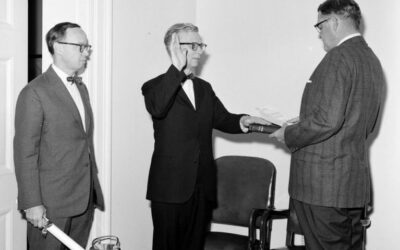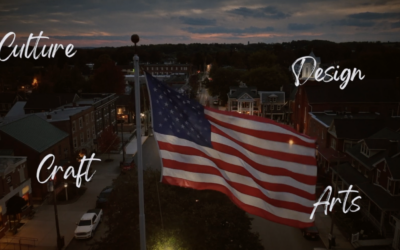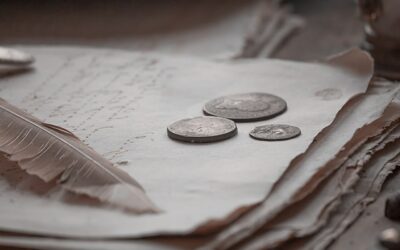WELCOME
In the latest episode of Framing the Hammer, I’m honored to chat with Indigenous artist Ishkoten Dougi. We met at the Santa Fe Indian Art Market in August.
During our conversation, Ishkoten discusses many fascinating aspects of his art, creative process, and experience as a Native artist.
Of the many tidbits he shared, some highlights include that he feels forced to speak out and create artifacts that will set the historic record straight, particularly for Native populations. Also, he sees art as an act of “vandalizing nature” and creating art for audiences 1,000 years in the future.
Ishkoten addresses a duality he sees in art – that art is both a joyful form that brings people together while simultaneously it protests injustices of both history and present day. However, his protests aren’t overt, despite artists sometimes being labeled as “militant” which, to him, “is a drag.”
He further theorizes that one of the purposes of art is to influence and educate beings one thousand years in the future. This is why, in his words, he “marks and vandalizes time” with his art. And then, buckle up – Ishkoten expands on his passion for neuroscience, which figures prominently in his artistic creations.
Finally, this is an opportunity to talk about land acknowledgements and the movement to show respect for people who originally inhabited lands, particularly in North America.
I hope you enjoy this entertaining and unpredictable conversation about art, creativity, society and history.

"Documentation by scratching a stone helps creative freedom and the freedom of the human soul."
– Ishkoten Dougi
ADDITIONAL SHOW NOTES
Terms, places and figures referenced by Ishkoten:
His great-great-grandfather’s long-term evasion of Kit Carson (right), a controversial frontiersman, US Army officer and scourge of Native populations.
Ishoken grew up in Dulce, New Mexico, which he references as being “the epicenter for where ‘they’ control the world intergalactically” as a place of great intrigue and conspiracy. When we chat about Dulce Base, the Zoom connection glitched, much to Ishkoten’s delight.
“First contact”: the term used to mark when two cultures collided; in this context, when white Europeans came to North America.

Fritz Sholder: one of Ishkoten’s influential art professors in Santa Fe, known for painting Indians in untraditional, iconoclastic styles.
Navajo Mountain: Where Ishkoten spent part of his childhood; the highest point in the Navajo nation, full of symbolism for Native tribes, and the origin of the Grand Canyon.
Where to see Ishkoten’s work:







